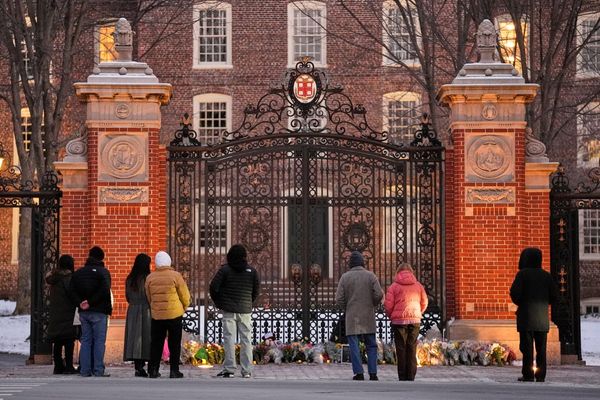
Walking through the Stour Valley in Suffolk on a sunny autumn day, it is difficult not to appreciate the gentle beauty of England’s countryside.
The neat fields beside the river are separated by ordered hedgerows. A light breeze blows, pushing great white clouds across the blue sky. A herd of cows run across the pasture to greet a farmer. To top it all off, there’s a National Trust tea room within a half hour walk. It is an English idyll.
But this is not just any part of the rural landscape: this is John Constable country, the place where the artist grew up and which inspired some of his most well-known paintings.
The Hay Wain, his most famous work, has become the defining image of the country, adorning biscuit tins, jigsaw puzzles and tea towels. In a BBC poll in 2004, it was rated the second best English painting behind only Turner’s Fighting Temeraire.
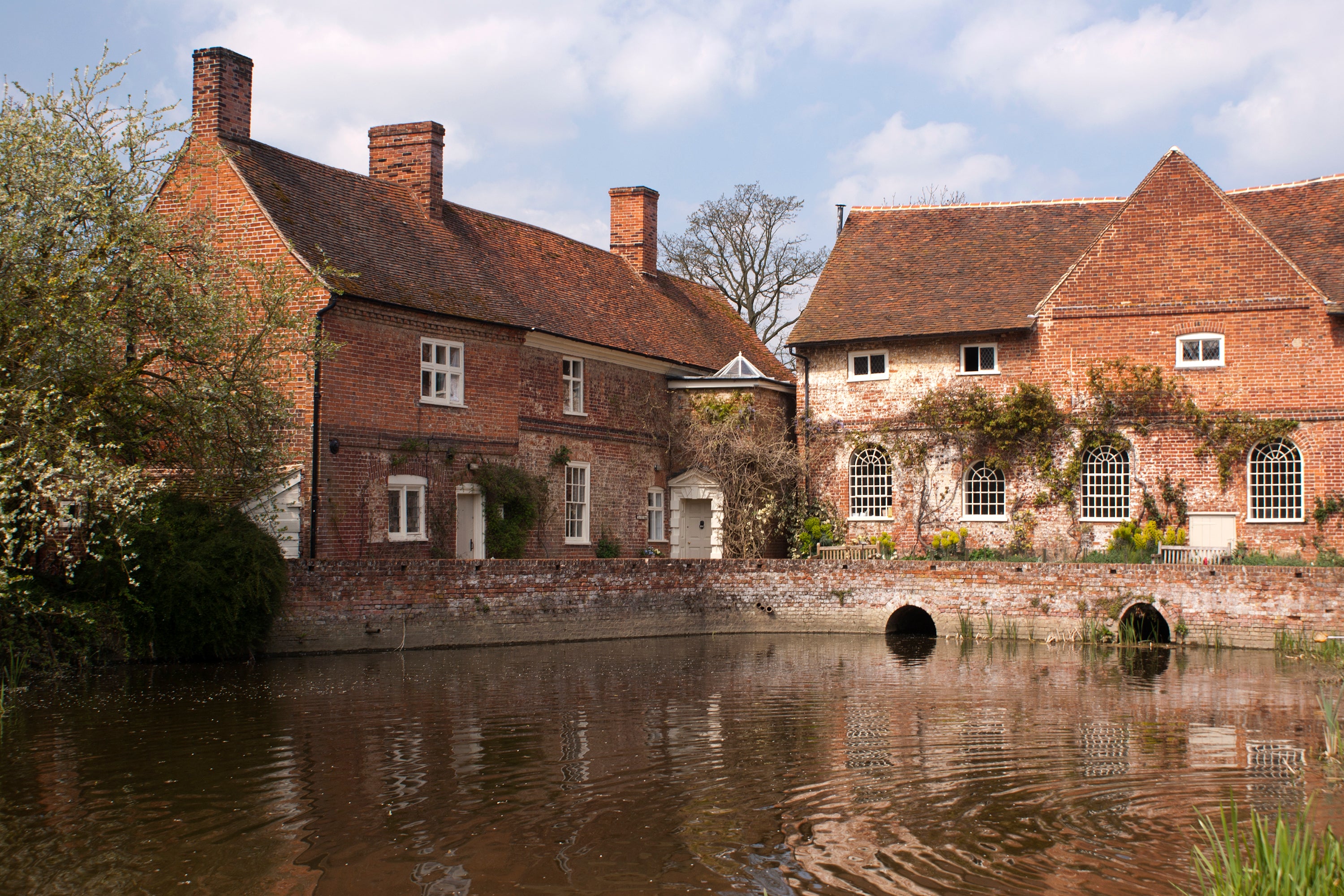
Read more: What it’s like to stay in one of King Henry VIII’s royal palaces
It is an appropriate comparison, because both artists will be honoured in a landmark exhibition at the Tate Britain this winter. It marks the 250th anniversary of their birth – Turner was born in 1775 and Constable in 1776 – and will be the largest ever display of their work.
It was with this in mind that I went in search of the real Hay Wain, and to discover whether the Suffolk of Constable’s paintings exists today.
The site which inspired the painting, at Flatford, is now under the protection of the National Trust and is free to visit. It includes the locations of five Constable scenes depicting life on the river, which survive in greater or lesser degrees (mainly lesser).
It is so popular that when I visited, the “you are here” point on the map had been worn off by enthusiastic fingers.
Painted in 1821, the Hay Wain shows a cart being pulled across the pond outside Flatford Mill, which was owned by the Constable family. On the left bank is Willy Lott’s cottage. To the right, fresh green fields. Overhead, white and grey clouds mostly blot out the blue sky.
It is a charming spot, and one where you can easily while away an afternoon. But follow a seven-mile walk around Dedham Vale, and it’s possible to discover many more of the most important sites in Constable’s early life.
At East Bergholt, you can go to the site of his childhood home and his first studio. The village is also where he first met Maria Bicknell, whom he eventually married after a seven year courtship. The unusual village church, with an unfinished tower dating to the 16th-century, is well worth a visit too.
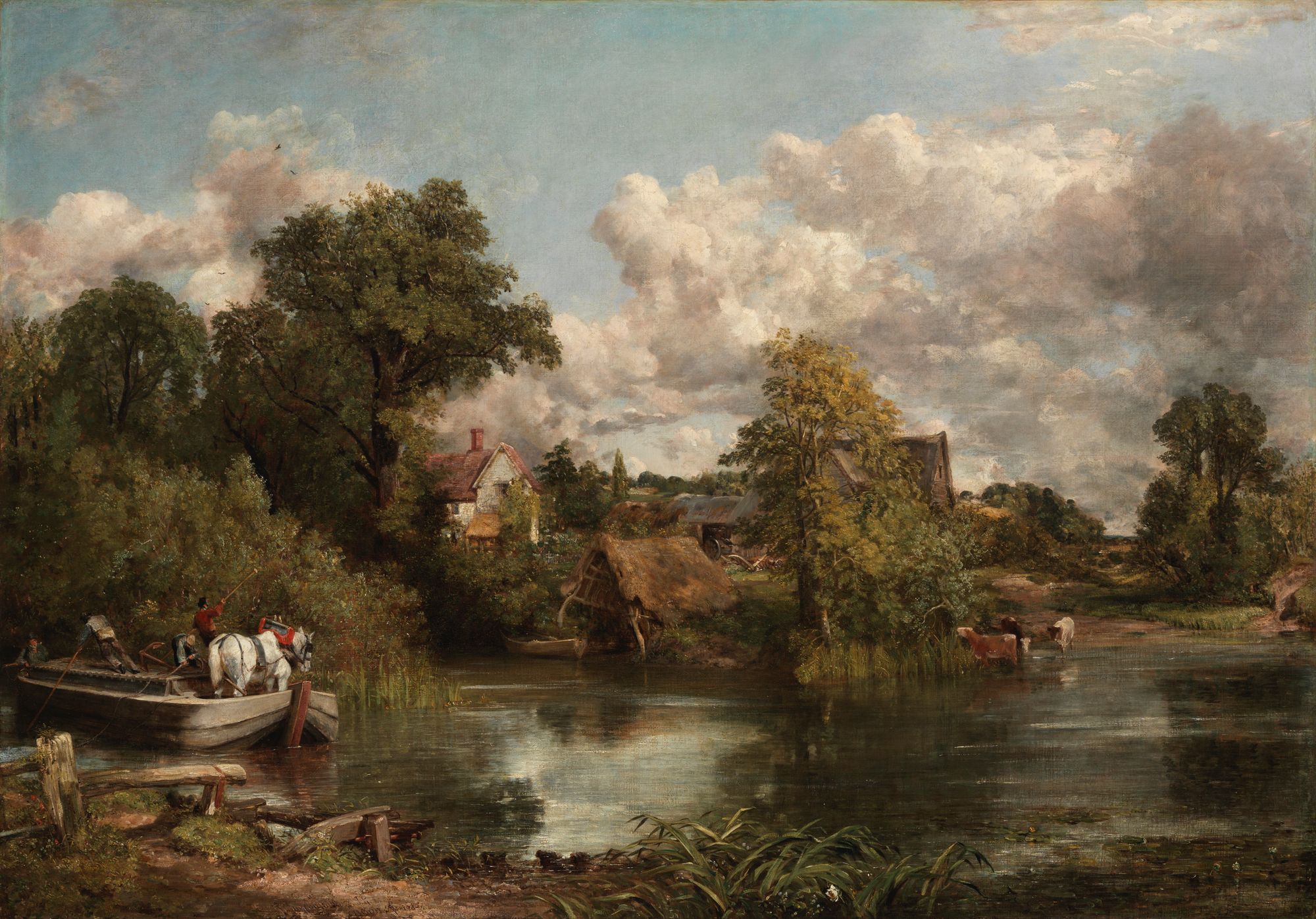
Constable walked from his home in East Bergholt across the fields to school in Dedham. The school building still stands, while the church, which features in many of his views across Dedham Vale, is home to one of his few religious paintings.
Wandering through the open countryside, it is impossible not to think about how the landscape has changed since Constable lived here. In fact, this was a concern even in his lifetime. The exhibition will chart the ways the two artists responded to the rapid social and economic changes in the 19th-century.
For Constable, this involved returning to his roots in Suffolk, something which set him at odds with much of the artistic establishment. Rural England had often been disdained by artists because of its understatement, its poor climate and its lack of tasteful ruins. Compared to the sweeping mountains of the Alps or the hazy light of the Mediterranean, it was just a bit boring.
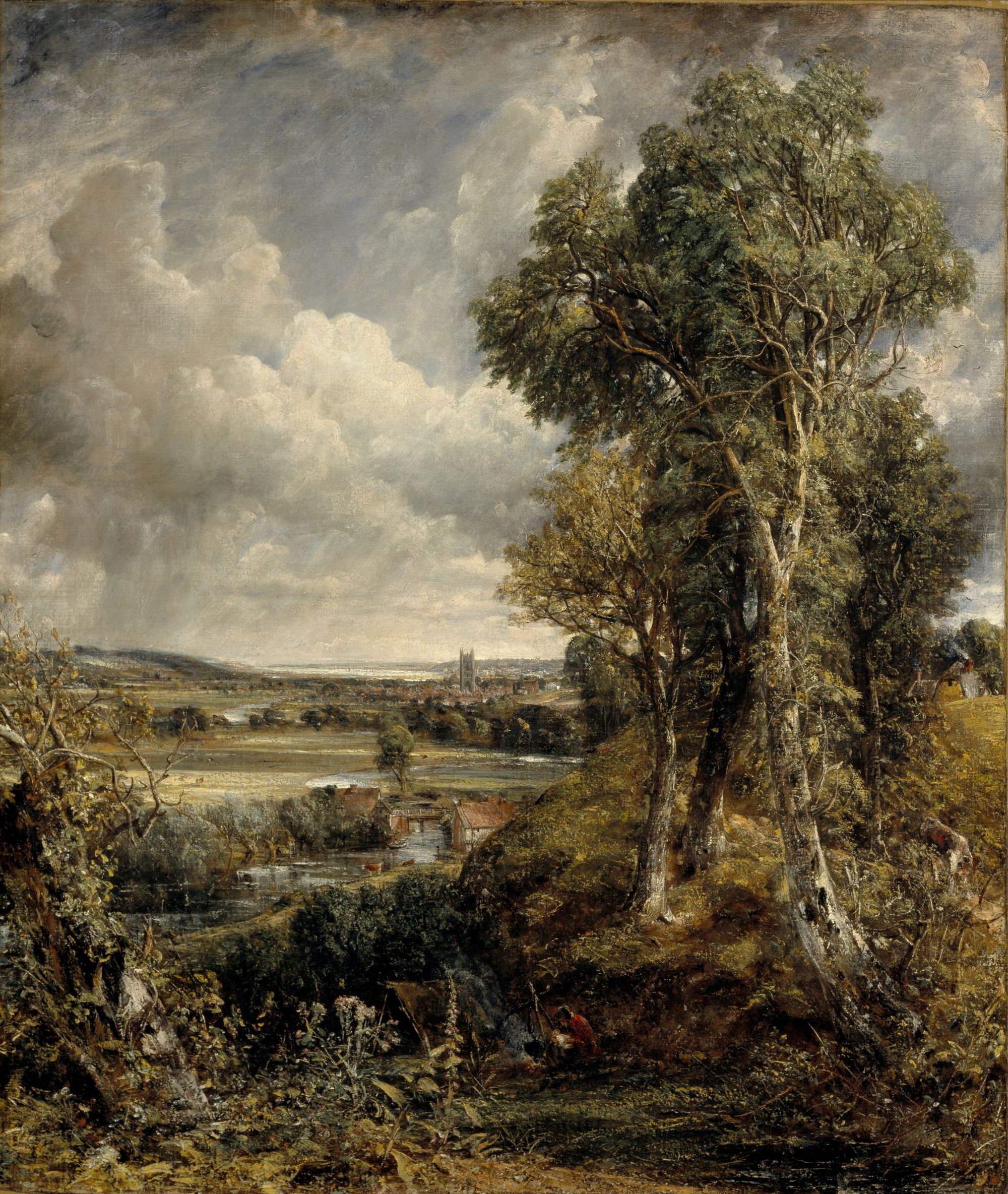
Constable rejected the idea that the English landscape was not worthy of true art. He once said that his art could be “found under every hedge, and in every lane, and therefore nobody thinks it worth picking up”. Because Constable did pick it up, he has enabled others to see what once only he could see.
And so while I was walking, every corner turned, and every hill summited, seemed to reveal a new view just waiting to be turned into a painting.
There were tasteful river bends and gently winding lanes, set against a perfectly placed oak or willow. The leaves, which were beginning to show their autumnal hues, filtered the bright sunlight.
I have never been able to paint, but even I felt an urge to run off and find the nearest easel.
But Constable’s eyes were also partial, ignoring many of the most obvious changes impacting England during his lifetime. The labourers in almost all of his landscapes are content. There’s no sign of smoke, railways, or poverty.
“Constable was definitely aware of those things,” Amy Concannon, the exhibition’s curator, told me later. “You just don't really see it in his paintings.”
Whatever it was like back then, Constable country seems to be a harmonious place now: as if it has become like the paintings.
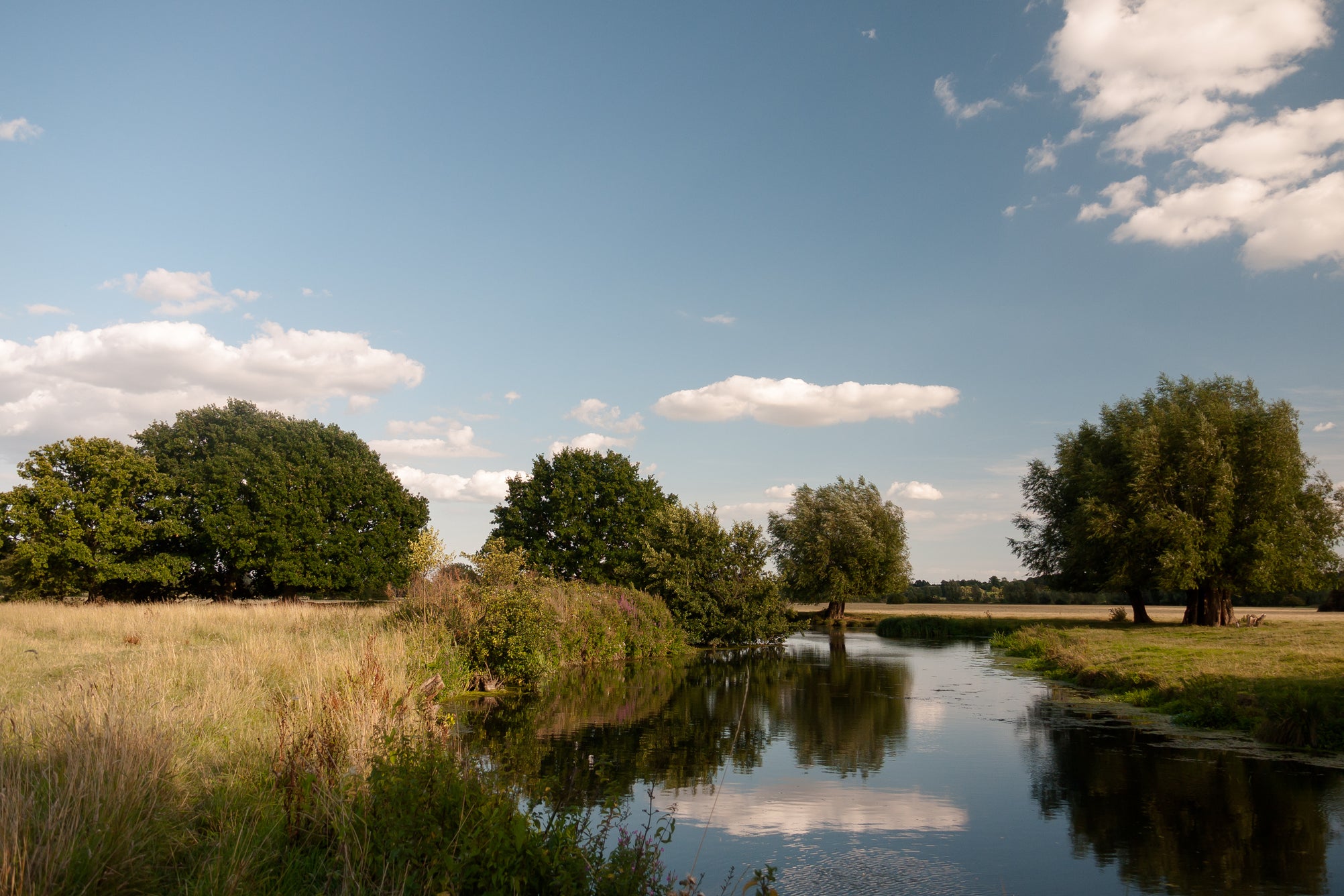
Read more: This is what happened when I visited the most haunted village in Britain
The villages in the area are tranquil, each with historic houses, small tea rooms and cosy pubs. The more unsightly parts of modern life – pylons or train tracks – have mostly bypassed Dedham Vale (although the A12 to Ipswich passes very close). For the most part, it remains a small pocket of rural idyll.
As with all idylls, there’s a slight feeling that it can’t really be this nice, that it is somehow masquerading as an untouched landscape.
And idylls also attract crowds. This summer, one local councillor had to remind visitors that Dedham was “a village, not a festival” after thousands of people flocked to kayak and paddle board in the river one hot day.
I loved the feeling of walking through Constable’s paintings, but I think autumn might be my preferred time to visit, away from the masses. If it gets too busy, I’ll have to escape to Dedham Vale via the paintings, instead.
How to do it
On the way there, I got the Greater Anglia train service from Liverpool Street to Colchester, which takes about 45 minutes, and then a 20 minute bus to Dedham. Coming back I got the train from Manningtree, which is one stop further than Colchester.
The National Trust walking route I followed can be found here. It starts in Manningtree, but if you are staying in Dedham you can cut out the Manningtree section of the walk and just do the circular loop around Flatford, Dedham and East Bergholt.
“Turner and Constable: Rivals and Originals” opens at the Tate Britain on 27 November 2025. Tickets can be booked via the Tate website.
Where to stay
I stayed at Milsoms, a four-star hotel just outside Dedham. The restaurant in the main property has an excellent menu, offering perfect, post-walk fare.
Why autumn is the best time to visit Cornwall
10 best cheap hotels in Bath, from Regency-era rooms to affordable modern stays
Ireland’s smallest county is its most beautiful
Why Alan Partridge’s Norwich is perfect for an autumn break
This beautiful island is perfect for a cultural getaway – and it’s just 40 minutes from the UK
This new walking trail is the best way to see the Lake District without a car
